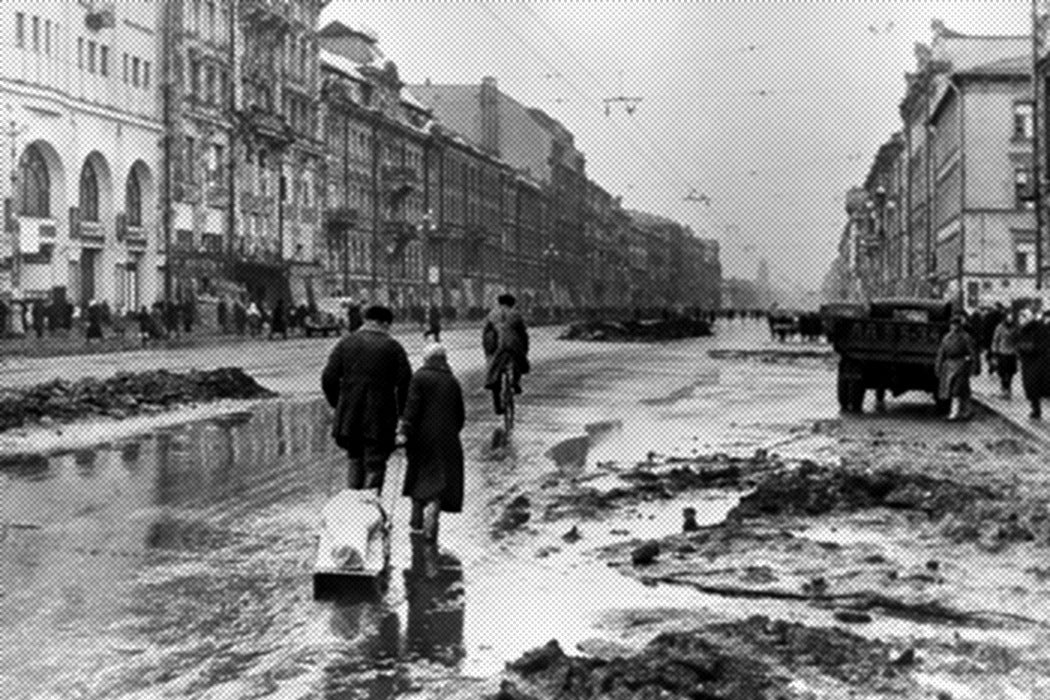Seventy-five years ago, Nazi officials gathered at the Wannsee Conference to plan what they called the Final Solution—the systematic destruction of Europe’s Jews. The conference is infamous, not just for the brutality planned there but for the brazenness of the plan. But Wannsee was not the Nazis’ only conference to plot out murder. As Alex J. Kay writes, Nazis held another, lesser-known conference eight months earlier during which they planned the mass starvation of millions of Eastern Europeans.
The “Staatssekretäre” conference was held on May 2, 1941 by a group of high-ranking ministers responsible for the logistics of the German invasion of the Soviet Union. Notes from the meeting reflect that attendees planned for the German military to commandeer food and resources from Russia during the invasion and occupation and that, in order for Germany to prevail, “X million people” would starve. Those statements, which Kay calls “alarmingly matter-of-fact,” demonstrate that officials were well aware of the costs of their decision to invade Russia. Rather than making provisions for the people whose territory they planned to seize, they intended for them to starve to death.
At the center of this strategy was a minister named Herbert Backe who was in charge of agriculture and food policy for the Third Reich. Backe and his colleagues analyzed which parts of the USSR produced food surpluses and which parts depended on others for food—aware at all times that the people from whom food was stolen would simply starve. They planned to seize oilseed, grain, and other commodities and take that food back to Germany, leaving more perishable fat and meat behind for German troops.
The notes show the Nazis’ acceptance of a military strategy intent on turning the Soviet Union from an industrial country back into an agricultural one. It also shows their blatant disregard of non-German lives. At the conference, notes Kay, “the mundane mixed with the murderous.”
After the meeting, Nazi officials filled in that ominous “X” with 30 million—three times as many people as they planned to murder during the Holocaust at the Wannsee Conference. But though the minutes of the May meeting were used as evidence during the Nuremberg trials, Wannsee has become more famous.
In the end, writes Kay, the Nazis’ plan to starve out Russia didn’t play out the way they expected. The German invasion of Russia was costly, bloody, and disastrous, and the military was unable to isolate enough of the Soviet Union to carry out their plan. There were two exceptions: The 900-day blockade of Leningrad that resulted in the starvation of hundreds of thousands of people and forced Russians to eat their pets and even one another, and the relentless starvation of millions of Soviet POWs under direct military control. These were unforgettable episodes in an infamously bloody war—yet nothing close what officials so coldly calculated in May 1941.







